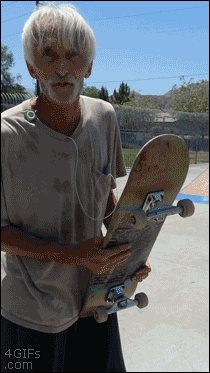- NEW
- Wingfoil
- Foil Boards
- Hydrofoils
- Downwind Foiling
- Wing Camp 🔥
- SUP
- Kite
- Wetsuits
- OUTLET
- Lessons
- Demo / Second Hand
- Sign in
-
English
- NEW
-
Wingfoil
-
Foil Boards
-
Hydrofoils
- AK
- AFS Foils
- Axis Hydrofoils
- Axis Front Wings
- Axis fuselage
- Axis rear wing
- Axis mast
- Armstrong Foils
- Armstrong HA Foils
- Armstrong MA Foils
- Armstrong Apf Foils
- Armstrong DWP Foils
- All Front Wings
- Armstrong Foil Kits
- Armstrong Stabiliser
- Armstrong Mast
- Armstrong Fuselage
- Armstrong Alloy System
- Armstrong Accessories
- Duotone Hydrofoils
- Code Foils
- Code Foils S Series
- Code Foils R Series
- Code AR Series Tail Wing
- Code Foils Plus Mast
- KT Foils
- KT Foil Mast
- KT Foil Front Wings
- KT Foils Stab
- KT Foil Fuselage
- Sabfoil
- Sabfoil Kits
- Sabfoil front wing
- Sabfoil Mast
- Sabfoil Stabilizer
- Sabfoil Wing & Stabilizers Guide
- North Foils
- North Front Wing
- North fuselage
- North mast
- North stabilizer
- North Sonar Foil System
- F-One Foils
- Slingshot
- Foil Drive
- Foil Drive Kits
- Dockstart
-
Downwind Foiling
- Wing Camp 🔥
-
SUP
-
Kite
-
Wetsuits
-
OUTLET
-
Lessons
-
Demo / Second Hand






























